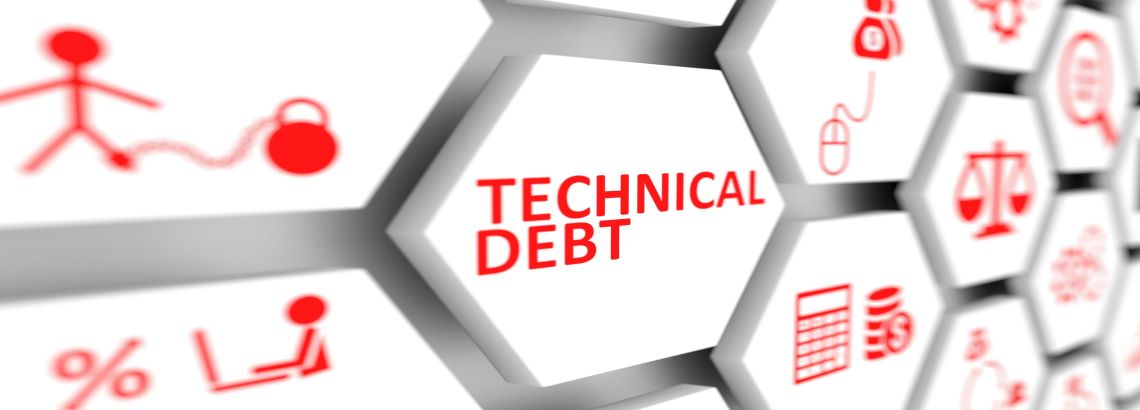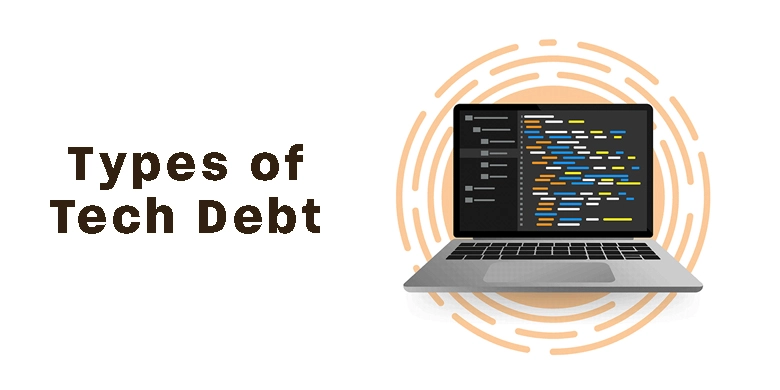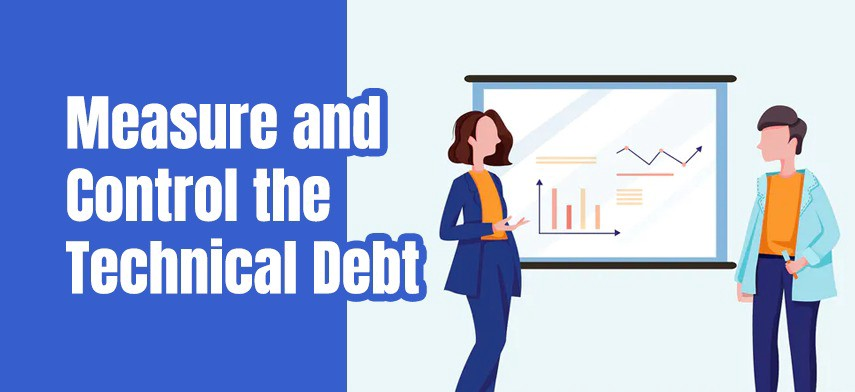
Technical debt can be willful, inadvertent, or inevitable and develops for a variety of reasons. It may be efficiently decreased and maintained under control with the aid of good engineering and project management procedures. It entails recognising, assessing, and conveying technical debt, followed by a progressive, continual pay-off in manageable chunks.
The Two Types of Technical Debt

Intentional tech debt (also called deliberate or active) happens when the team consciously delays the resolution of some issues to achieve the set goal (e.g., to release the update faster).
Unintentional tech debt (also called accidental, outdated, passive) occurs when the team is doing a subpar job without even knowing it while accruing many issues along the way.
Your approach to dealing with technical debt will determine how it affects your project. In the end, taking out a loan can be a terrific method to get things done faster than you otherwise could. In the same manner, using code short cuts might initially assist you gain the time and resources needed to finish off more critical software development projects.
How to reduce technical debt effectively

Recognize and comprehend your debt
Recognizing the debt and comprehending its origins is the first step in developing an efficient technical debt reduction approach. This stage requires you to ascertain how the debt came to be in the first place.
Measure and evaluate
You may use a variety of elements and methods to study and measure technical debt, depending on its origins and consequences.
Technical debt may slow down development (for instance, due to the complexity of the code expanding), therefore measuring the quantity of work completed from iteration to iteration may help reveal the effect of tech debt on team performance.
Explain and provide cost-benefits
Both technical executives and non-technical decision-makers inside the firm should consider technical debt evaluation. Putting a price on an issue and explaining how it can effect the project or the need for timely debt repayment can both be helpful. clear cost-benefits analysis helps to better prioritize and plan the payment strategy.
Plan frequent and consistent payouts.
One of the most effective tactics is to break down the extra work's scope into more manageable milestones and integrate it gradually into the regular workflow to pay it off. This strategy aids the team in maintaining control over the technical debt and ensuring that it decreases over time.
Put procedures in place to reduce or eliminate tech debt
- Create and maintain a sound testing plan to prevent the accumulation of defects or flaws.
- To ensure that the code is reusable and intelligible, evaluate and keep an eye on its complexity.
- Keep track of your technical debt and keep a log of all the effort you've done to pay it off.
- Choose a sensible needs prioritization strategy and an agile development methodology to reduce the possibility of accruing any tech debt.
How to avoid technical debt on a software project

Prioritize your criteria.
Prioritizing needs in a reasonable way is a real strategy to minimize needless technological debt. Project managers determine the scope and development strategy that take into account the provided business goals and schedules using various strategies for needs prioritization.
Frequently, this implies that only the most important needs are included in the first scope, and the other features are added after the first release of the product. It enables the team to concentrate on developing a well-balanced MVP without having to make corners to achieve limited deadlines.
Follow agile principles
One of the most important methods for reducing technical debt is agile software development. Iterative development fits nicely with the gradual strategy to reduce tech debt. Teams that operate in an agile environment are able to reduce their technical debt by gradually lowering it iteration by iteration.
The flexibility and testability required to prevent technological debt in the first place are also provided by agile methods.
Select scalable and flexible architecture.
Scalable software may be created by developers using flexible microservices-based architecture. A system's stability, maintainability, and security are all improved by breaking it up into smaller, more manageable functional components. This also makes it simpler for engineers to support and upgrade the system. Consequently, technical debt brought on by putting off software upgrading is avoided.
Boost the size of your development team
How may technical debt that results from a lack of time or resources be avoided? A potential option for businesses that struggle to achieve deadlines is team augmentation. Instead of making compromises to meet the delivery deadline, expand your internal team's skills and concentrate on accomplishing your company objectives without taking unnecessary risks.